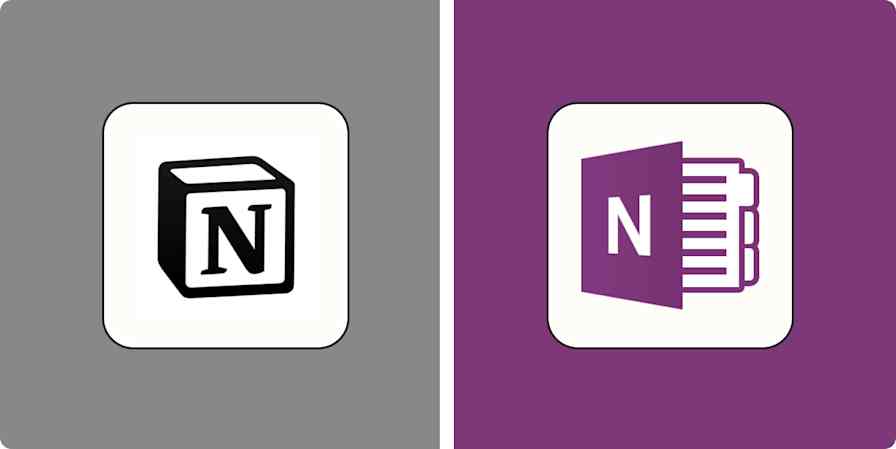Zapier tutorials
4 min readHow to quickly append text to a note in Evernote or OneNote from your browser
By Melanie Pinola · May 6, 2021

Get productivity tips delivered straight to your inbox
We’ll email you 1-3 times per week—and never share your information.
mentioned apps
Related articles
Improve your productivity automatically. Use Zapier to get your apps working together.







